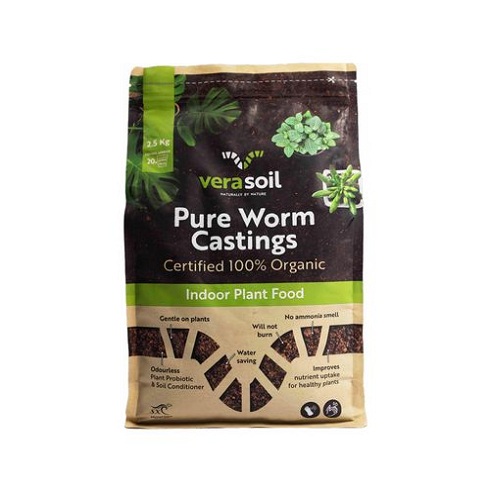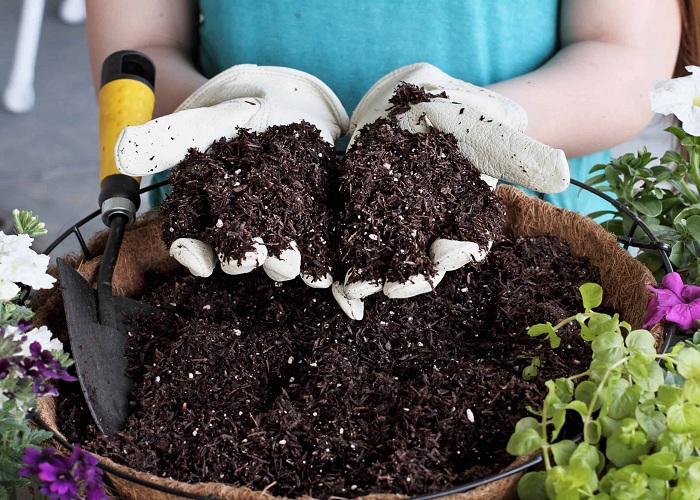If there’s one thing you know for sure, it’s that potting soil should not be saved and reused from year to year. After a growing season, the soil in containers has lost almost all of its structure and nutrients. There isn’t enough life force in the soil to sustain new plants if you merely place them in there.
How then do you revitalize aging soil? In truth, all you need is a little bit of space, whether it’s a corner of your yard, a compost bin, or simply a couple of garbage cans.
Making a Compost Pile for Potting Soil
A standard compost pile is a good place to recycle soil from used containers and dead plant material, but a dedicated potting soil compost pile will ensure that the soil is light and airy come spring.
Only simple, small, and powerful ingredients that can break down quickly should be added to a potting soil compost pile. By doing this, the pile will be ready for use the next spring.
You are not creating true compost, but rather recharging the soil. For perfect potting soil, it’s important to maintain a consistent and light structure.
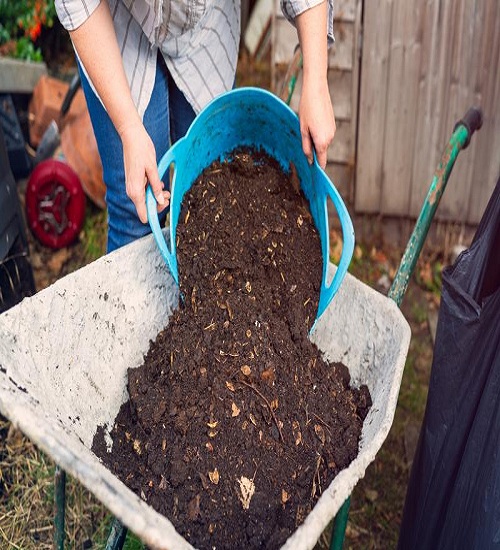
Creating a Compost Pile for Potting Soil
The location of your compost pile for potting soil is not important. Even just a little bit of room off to one side of your garden will do. You can use a large trash can or drum.
Primarily, you need somewhere to store the ingredients. The pile must have a way to drain water so that it doesn’t become soaked. If you’re going to be using a big trash can or bin, you should poke some holes in the bottom to let the water out.
Put your old potting soil and plant waste in the pile once you’ve decided where to put it. Leaves and stems should be chopped into small pieces before being added.
** A compost pile for potting soil will work best if the materials added are as tiny as feasible. This facilitates a rapid disintegration and incorporation of all constituents.
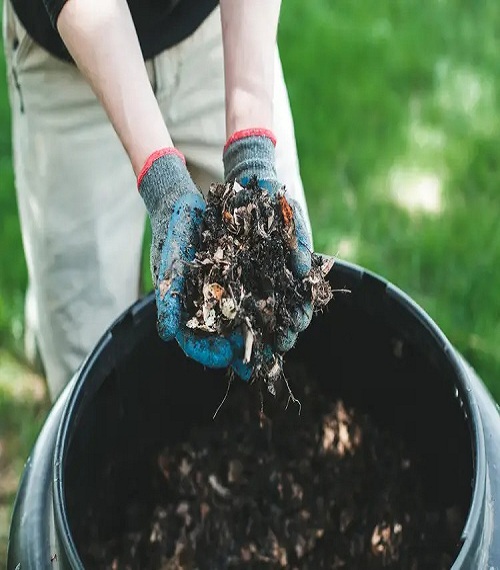
Chopping the Ingredients
Although the plant parts (leaves, stems, and flowers) may appear to be dead or dying, they still contain nutrients that can be returned to the soil. They will decompose more rapidly into the potting soil if they are chopped smaller.
*a chipper/shredder is fantastic for this if you happen to have one lying around.
Next, you should loosen the soil and roots in each and every one of the containers. Fibrous root systems are common in many container-grown plants at this stage. Cutting them up, though, will hasten the decomposition process.
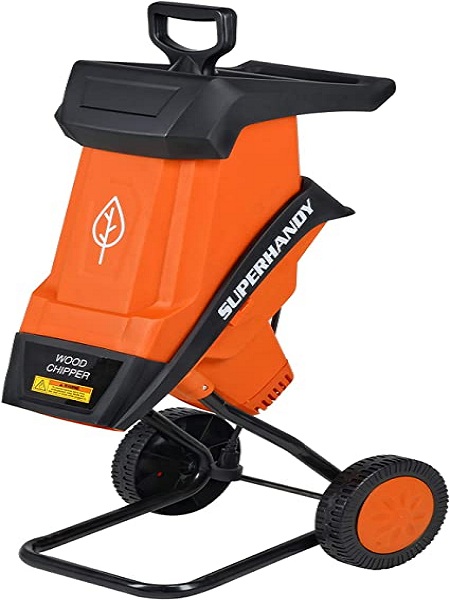
Recharging Your Potting Soil Compost Piles
There are a couple of fantastic additions that work marvels at recycling your soil and energizing it.
Adding new compost is like adding nothing else. Nutrients, beneficial bacteria, and other microbes abound in newly created compost. These elements work together to provide fuel for the pile and speed up the decomposition of organic matter.
A good rule of thumb is to incorporate 10–20% waste potting soil into 1 part new compost. Bagged compost is a good substitute for fresh compost if you can’t get any.
Any other quickly decomposing organic compounds can be added now as well. Green grass clippings, shredded leaves, used coffee grounds, and egg shells are also great options. All of these are small or can be shredded or mashed finely.
They are ideal for boosting your potting soil because they decompose quickly and provide a wealth of nutrients.
**Again, the trick is to add as little as possible and work it into the soil completely.

Winter Care for Your Stockpile of Potting Soil
Make sure to keep adding the aforementioned things all through the fall and into the beginning of winter. As you add more, stir it into the core of the mound. When winter comes, construction must halt.
It’s recommended that you rotate your pile a few times a week, or as often as the weather permits. The organic matter, like a compost pile, will heat up and decompose more rapidly if oxygen is provided by spinning. The key to making the pile look and feel like ultra-rich potting soil by spring is to keep all of the added elements extremely small.
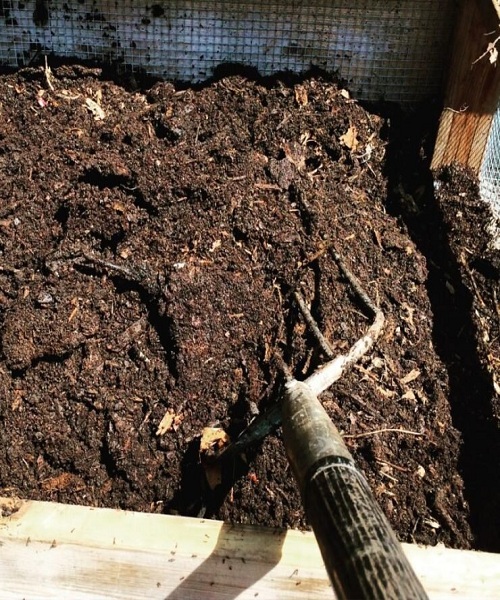
Reusing Potting Soil in the Spring
It can be used on its own or, if necessary, lightened by adding 25% new potting soil. If you’ve added enough organic material, it should be lightweight and ready to use.
add a few cups of worm castings to each 5 gallon bucket of potting soil. You can use them on almost any plant because they are the ideal slow-release fertilizer.
These should be applied at planting time so the nutrients may begin functioning immediately. They will blend in over the autumn months, but their effectiveness will be diminished compared to if they were used during the planting process.
